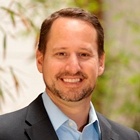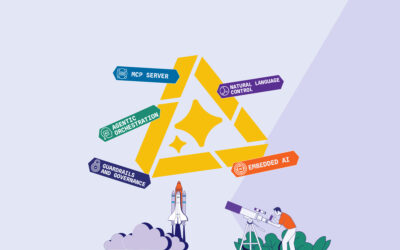Once safely isolated from the digital transformation of insurance, the global pandemic is forcing dental insurers to swallow a lot of change all at once.
As stand alones, dental insurers were able to enjoy a bit more time. But digital transformation, the consumerization of healthcare, mobile, and IoT technology, and regulatory change—the same forces buffeting insurance in general—now are having the same destabilizing impact on dental insurance. And, because so many dental insurers offer a single product line, they’re especially vulnerable to an acquisition or being trampled by new competition. All that was before COVID-19 essentially shut down dentistry for the past two months.
The surest way to survive these types of challenges is to create value, and so some dental insurers are branching out to offer new products and services. Adding vision coverage, short- and long-term disability, critical illness, and even life insurance can help dental carriers and others become more attractive to consumers and employers, open new markets, and offer opportunities for expansion.
Dental insurers must innovate or die
But there are obvious roadblocks. Dental claims process differently than vision claims, as do disability, critical illness, life, or accident claims. And chances are, your platform was purpose-built years ago to do one thing—dental insurance—extremely well.
Further complicating the path forward is that system upgrades and customizations frequently are as complex, expensive, and time-consuming as a complete system replacement. But they don’t address the other limitations of legacy systems: That they are product-centric from the ground up, and were designed before the customer-centric future and ecosystem ideal were mainstream practices.
The truth is, innovative insurers are constantly adjusting workflows, operations, products, and services to stay ahead of market trends. Your purpose-built dental platform will never be up to supporting other business lines, providing contemporary customer experiences, or acting as the hub of an insurance ecosystem.
How can you diversify and digitally transform while continuing to develop the book of business that supports your profitability? The answer is a greenfield approach to innovation and implementing a new customer-centric digital insurance platform. We call it coretech. For more about coretech, click here.
Coretech allows you to test, learn, and launch new products and services. Then, with the knowledge that comes from that experience, bringing your legacy products onto the new system. For more about the Greenfield Approach to Innovation, click here.
Customer Experience is the Best Differentiator—Is it yours?
Supporting more lines of business is important, but even more important is supporting customers’ expectations for service whenever and wherever they want it.
To get it right, insurers need to consider a new type of insurance platform: coretech manages the flow of data and other transactions via APIs (application program interface) between transactional systems, customers, and other users.
For example, coretech enables integration with data sources and insurtechs to create rich, personalized customer experiences by managing and adapting communications to suit any interaction channel, such as a mobile device vs. a web browser. And, by isolating the user experience from the underlying core components, it allows you to customize, expand, or migrate your insurance products without disrupting your users’ experience.
Where’s the Real Risk?
Most insurers are big believers in risk-mitigated approaches, and a greenfield innovation strategy is just that. By ramping up new capabilities in parallel with your legacy systems and products, you’re able to test your transformational approach, see it in action and, when you’re ready, launch with peace of mind that comes from scalable cloud deployments.
The disruption to the dental market is a done deal. To resist change or fail to adapt means loss of market share and profits and the looming risk of obsolescence. It’s time to innovate and seize the day.




